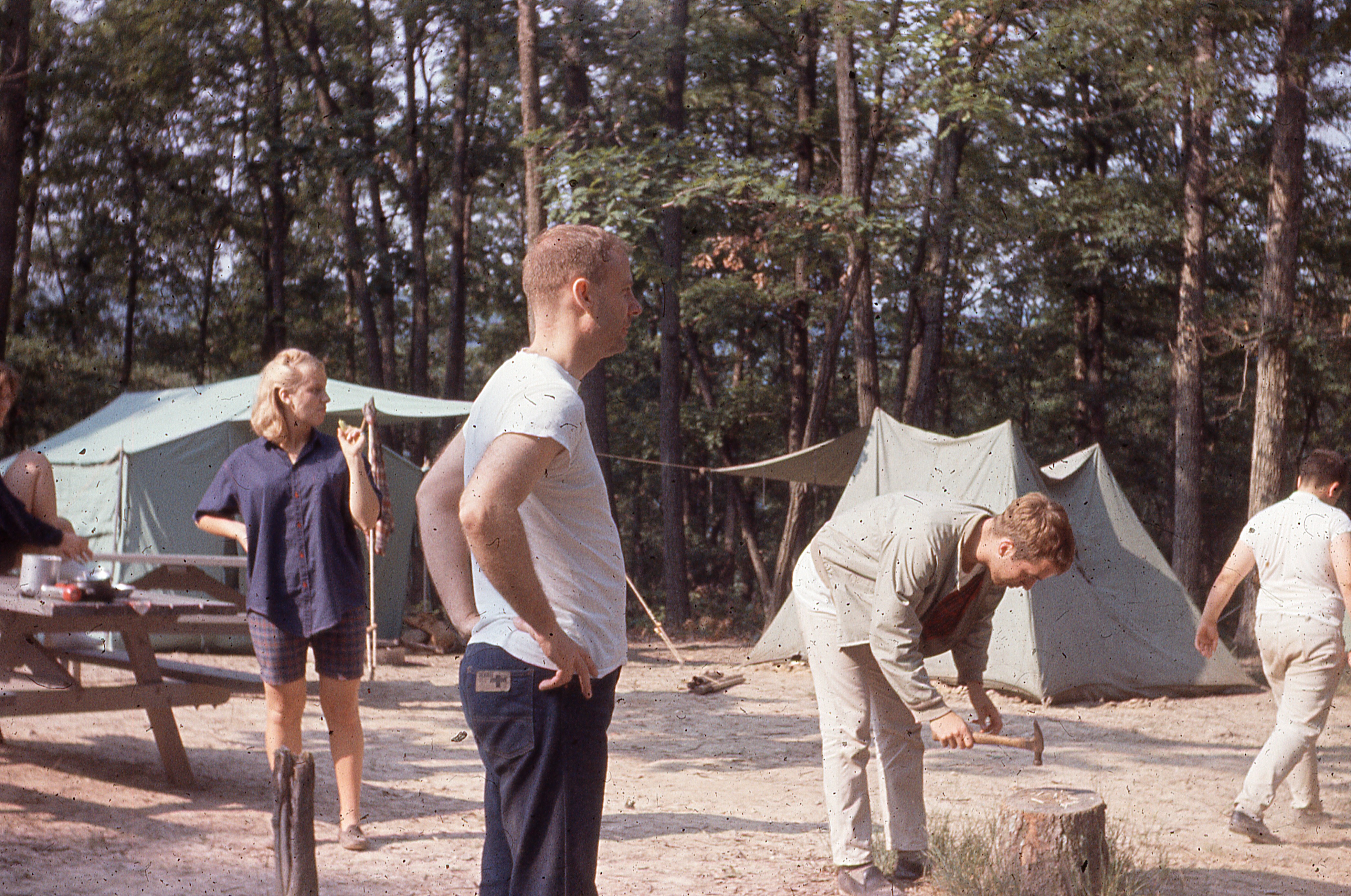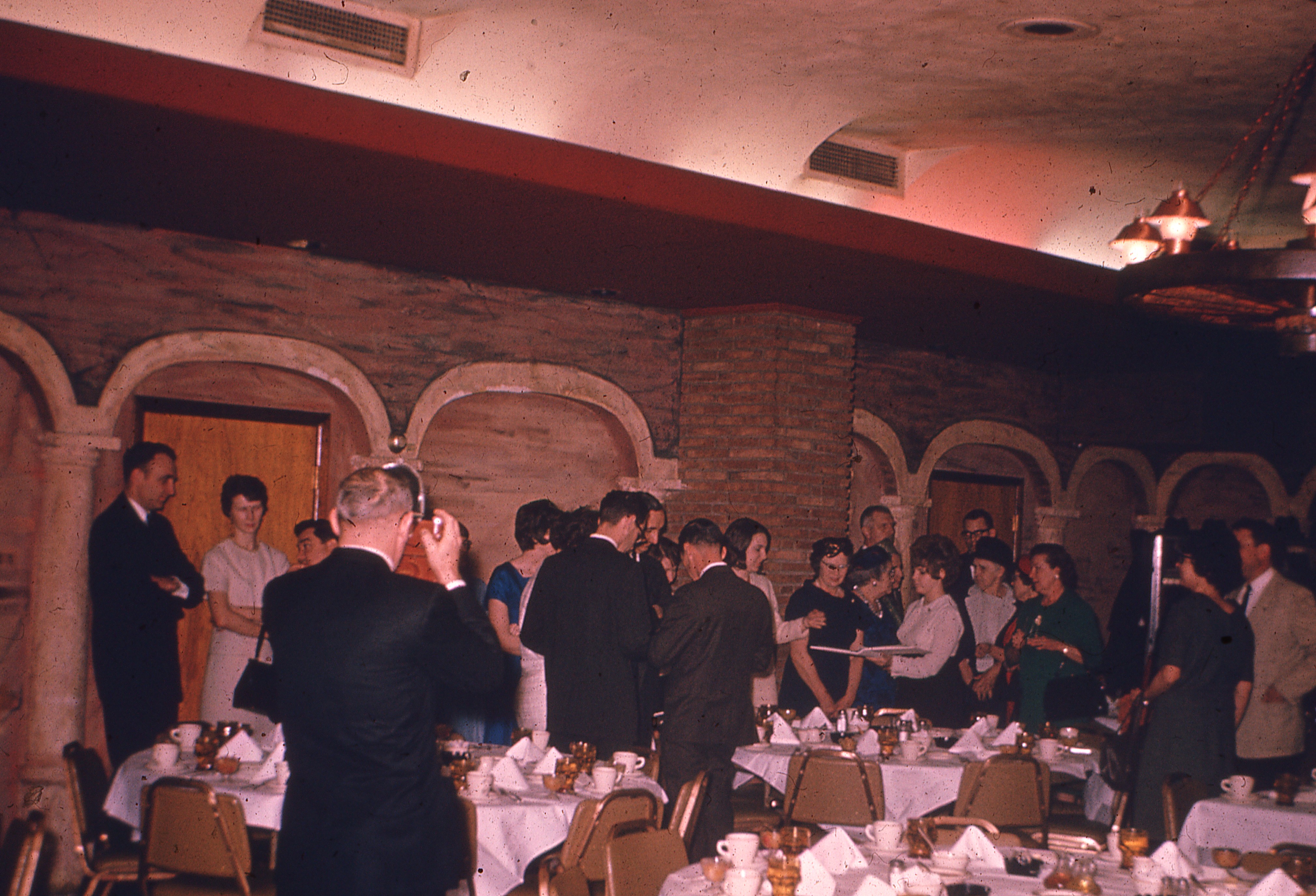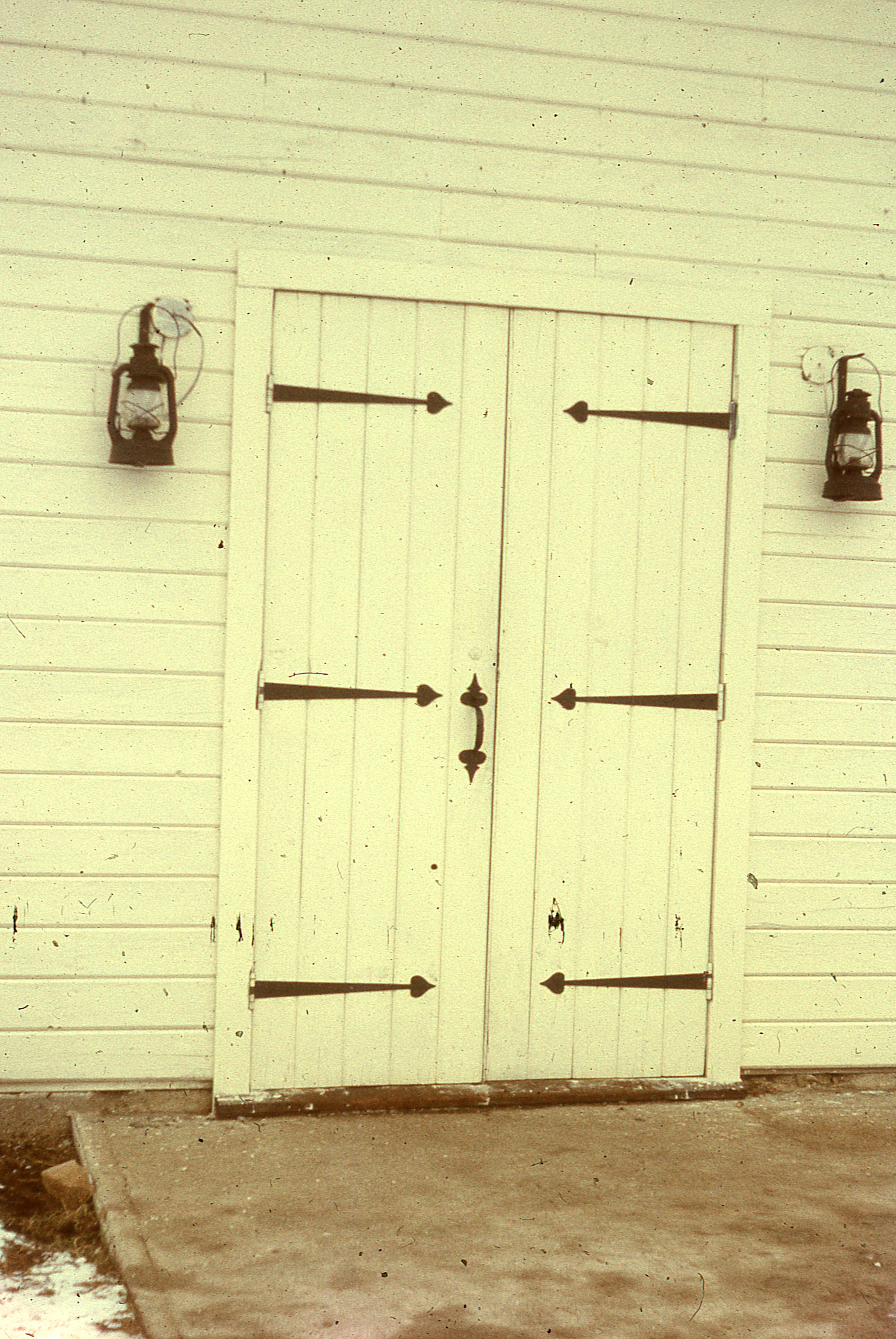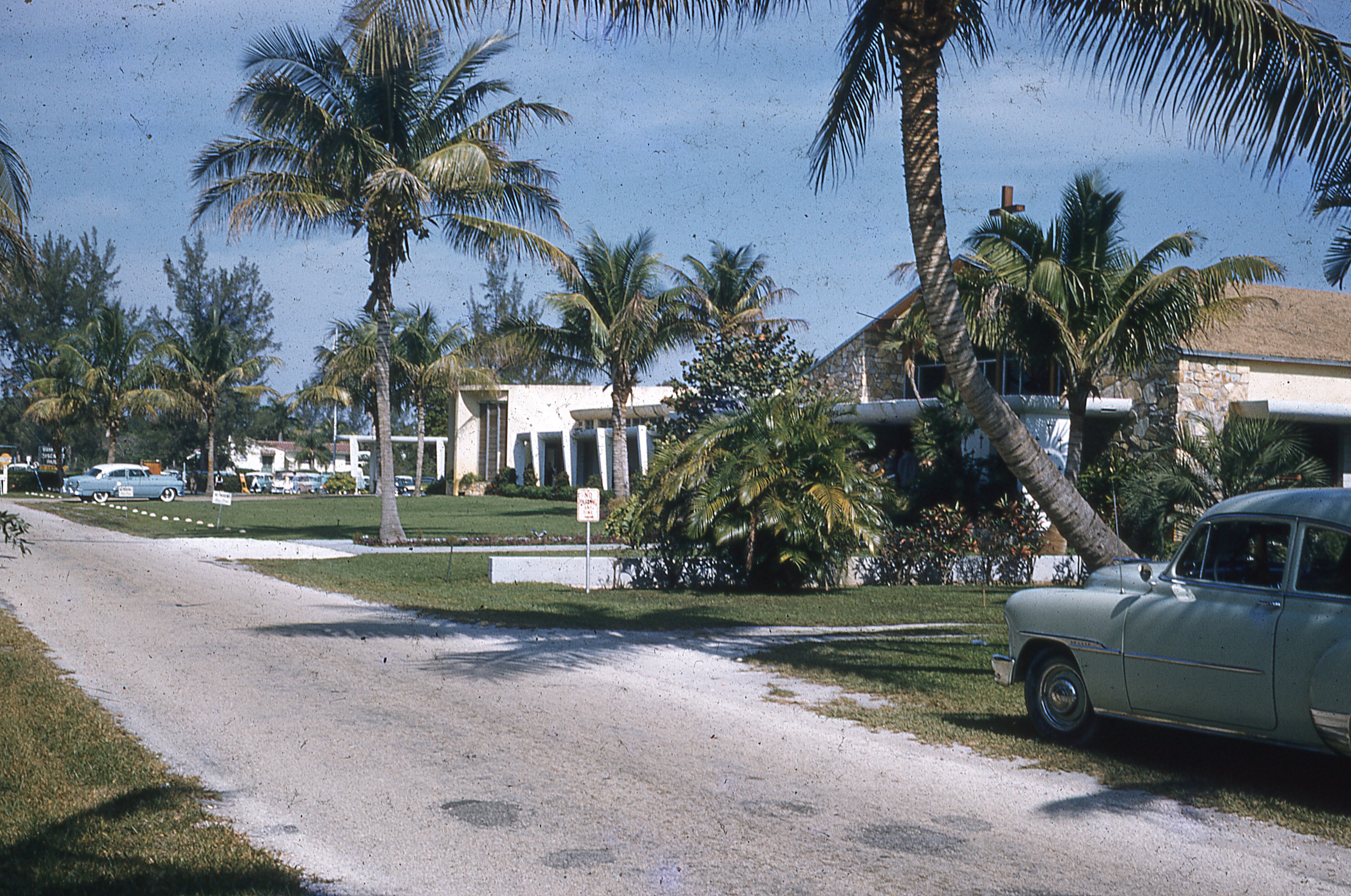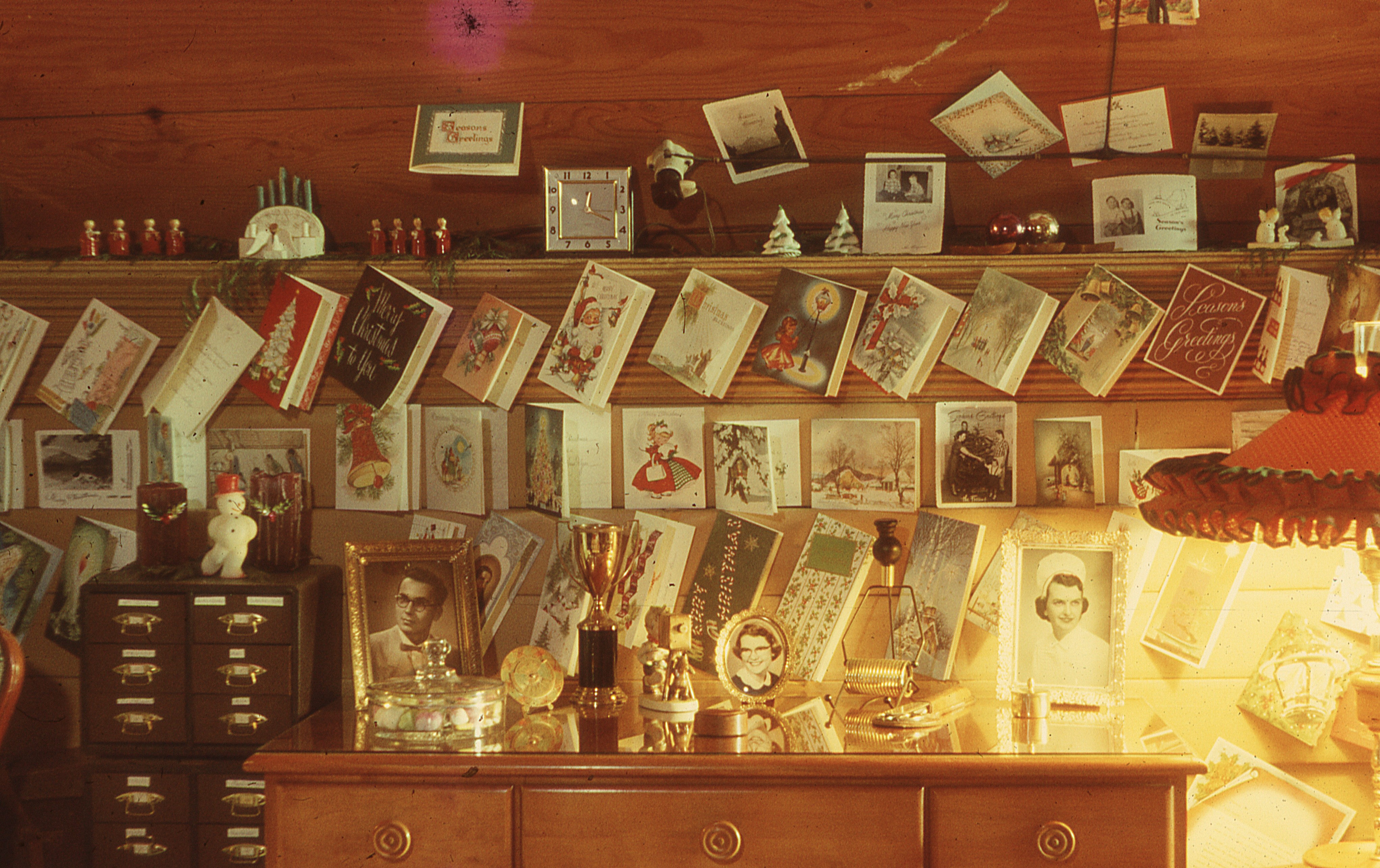
On November 5, 1996, Californians headed to the ballot box to weigh in on the California Civil Rights Initiative—aka Proposition 209—to end government discrimination.
The measure, modeled on the Civil Rights Act of 1964, read:
“The state shall not discriminate against, or grant preferential treatment to, any individual or group, on the basis of race, sex, color, ethnicity or national origin in the operation of public employment, public education, or public contracting.”
In the first electoral test of affirmative action on the continent, Californians overwhelmingly rejected the policy. Prop 209 received 55 percent of votes, and has held off legal challenges since.
On Thursday, the California legislature voted to strike those words from its Constitution, paving the way for repeal of Prop 209.
On Twitter, supporters of the vote said the move, which would permit state discrimination based on race, sex, color, ethnicity and national origin, would “advance true racial and gender equity in this state.”
Like the segregationists of the past, these supporters are openly and defiantly seeking to use state-sanctioned discrimination to advance a cause they see as noble. For white segregationists of the past, that cause was protecting the white race from mingling with other races and maintaining a firm grip on power in the South.
For social justice advocates today, discrimination is a tool to advance the interests of non-whites, particularly in the university system, where applicants of certain races would be legally permitted to be given preferences.
There are serious problems with this approach, however.
First, as Janet Nguyen pointed out in the OC Register, enrollment of minority students surged following the passage of Prop 209.
“In spite of dire warnings that Prop. 209 would negatively impact minority enrollment at the state’s University system, underrepresented minority student enrollment at the UC system has actually risen significantly since 209’s passage, from 15 percent in 1999 to 26 percent in 2019,” wrote Nguyen, a former California lawmaker and the nation’s first female Vietnamese-American state legislator.
Second, equality before the law is arguably the greatest pillar of a liberal society. It’s an idea that reaches back across time and civilizations, from philosophers like Guan Zhong (720 B.C. - 645 B.C.) to historians such as Thucydides, who at the funeral of Pericles stated, “If we look to the laws, they afford equal justice to all in their private differences; if to social standing, advancement in public life falls to reputation for capacity, class considerations not being allowed to interfere with merit; nor again does poverty bar the way.”
Equality before the law is at the heart of the Universal Declaration of Human Rights, the enumerated rights carved out by the General Assembly of the United Nations at its third session in 1948. In Article 7, it states clearly and proudly: "All are equal before the law and are entitled without any discrimination to equal protection of the law.”
To abandon such a principle is to abandon a cornerstone of the Enlightenment and classical liberalism, one of the greatest individual rights that has protected individuals from arbitrary rule and government abuse for centuries.
In a 2011 article, economist Steve Horwitz explains why equality before law is so important:
For most of human history political leaders acted with near total discretion, distributing benefits and impositions among their subjects however they like. One of the most important accomplishments of the liberal movement was to subject those with political power to rules. Starting with the Magna Carta and up through the democratic revolutions and constitutions of the eighteenth century, liberalism worked to create a society ruled by law not by men.
Many on Twitter were horrified by the California legislature’s vote.
Fortunately, Californians will have the opportunity to vote on equality before the law in November. We can only hope that California voters show more wisdom than the lawmakers running their state.

Jon Miltimore
Jonathan Miltimore is the Managing Editor of FEE.org. His writing/reporting has been the subject of articles in TIME magazine, The Wall Street Journal, CNN, Forbes, Fox News, and the Star Tribune.
Bylines: The Washington Times, MSN.com, The Washington Examiner, The Daily Caller, The Federalist, the Epoch Times.
This article was originally published on FEE.org. Read the original article.





